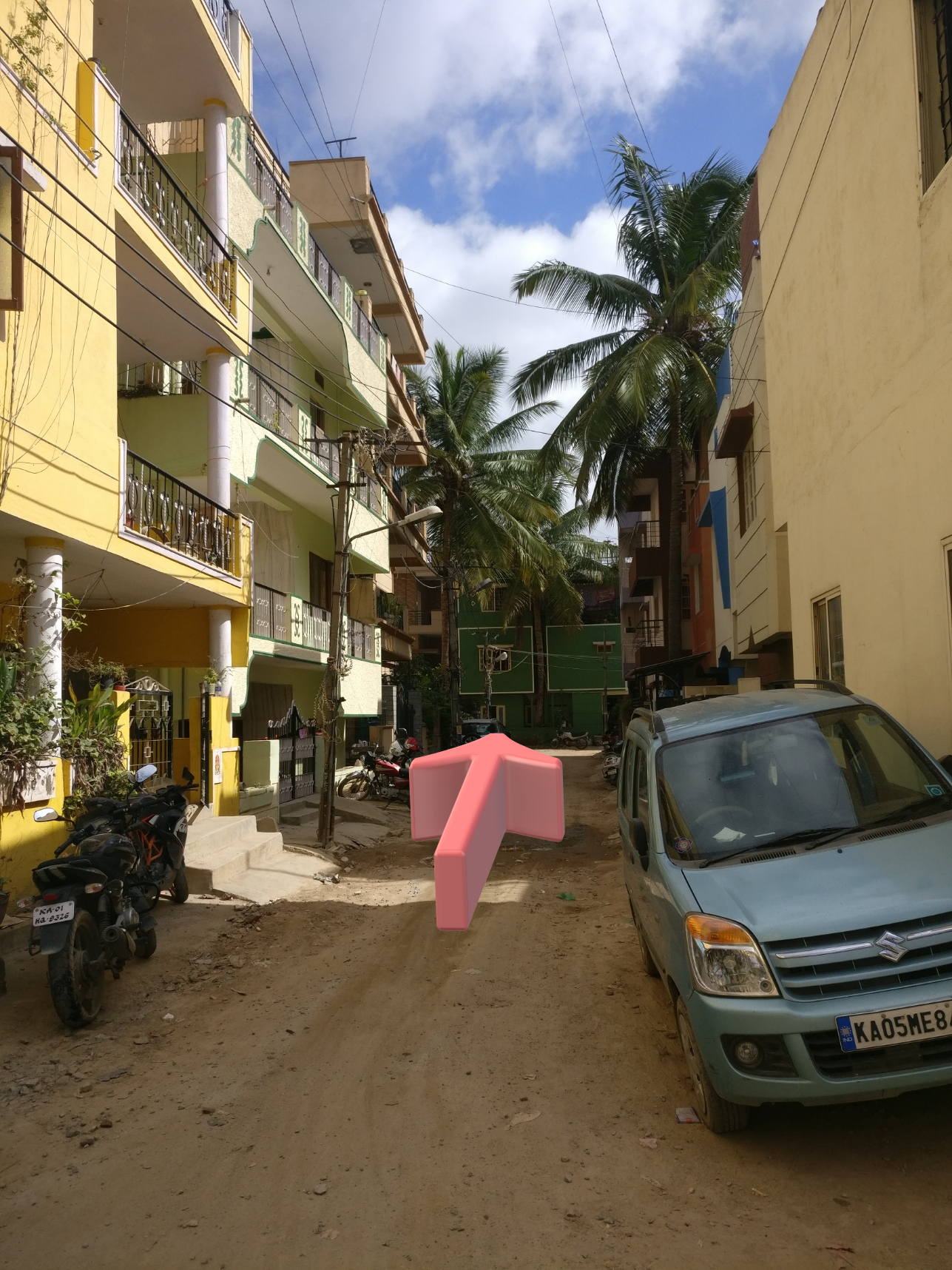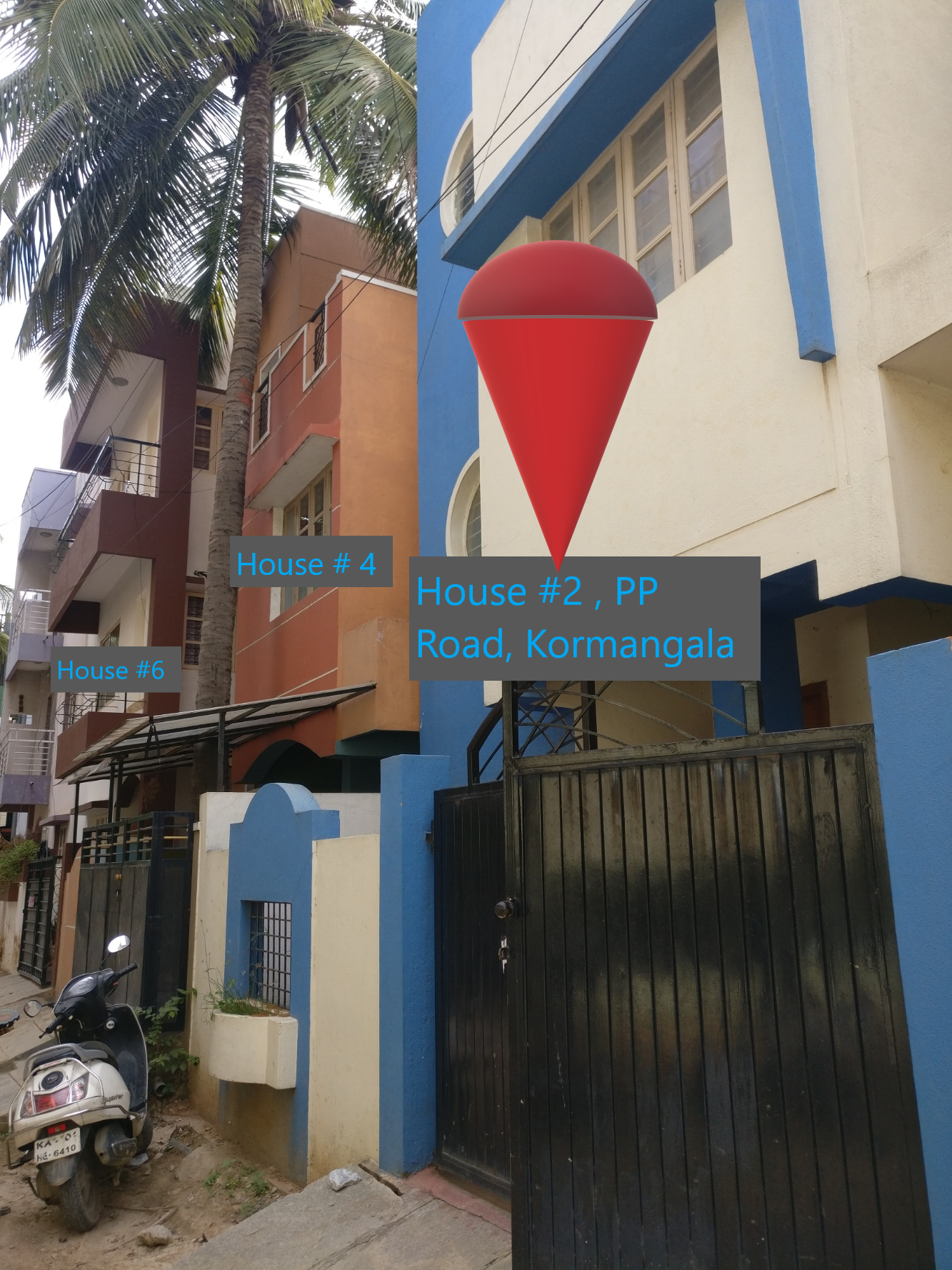Indian cities are unplanned, congested and unmarked or confusingly marked; this has resulted in chaotic housing areas in which it is difficult to find an address without asking, even if GPS coordinates are accurate.
Last mile delivery/ pick up by e-commerce companies like Amazon, Flipkart, Swiggy and Zomato can be considered truly hassle free if all you have to do is open the door when the delivery executive rings the bell; similarly for transportation companies like Uber, Ola and Rapido the vehicle has to be right outside your gate. This experience might be common place in well planned cities of developed countries, but in India, this doesn’t happen often unless you live in a well marked apartment or residential area, which is not the norm.
Below are a few Ideas which could incrementally make the experience uniform and more efficient
Ideas
1. Show Images and AR overlays (Samples below) or written pointers in the delivery executive/drivers app to identify buildings or doors. Written pointers can be unique identifiers like color of gate/building, Signs/stickers on doors, Flower pots hanging, boards like “Beware of cats/Dogs” (trouble :P) or anything that distinguishes the building or door. Delivery executives/drivers and the customers should be able to add these mages and pointers.
2. As the executive of e-commerce companies cover most areas in a city with high frequency, they are the best options for local governments to partner with to identify where to put up markers on roads and buildings with exact GPS locations. This exercise can also be used to generate standard uniform short addresses for every building. This could be one of the exercises which could help a lot when we move to drone and robot based deliveries. Separate blog on this point coming soon !!!!
3. Route delivery executives/drivers based on previously serviced areas; this should ideally make it easier for them to navigate through and reach faster
4. Notification with Alarm when the delivery executive /driver is within a 30 seconds to 2 mins distance, so that users don’t need to constantly check their phones for where the executive reached. If the user isn’t checking his app, the executives time is wasted in calling and letting the user know they have reached.


